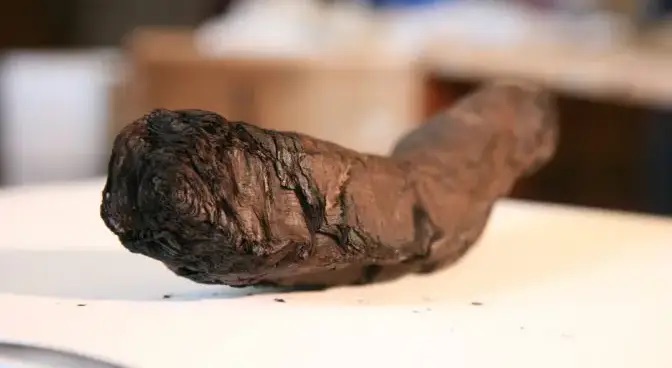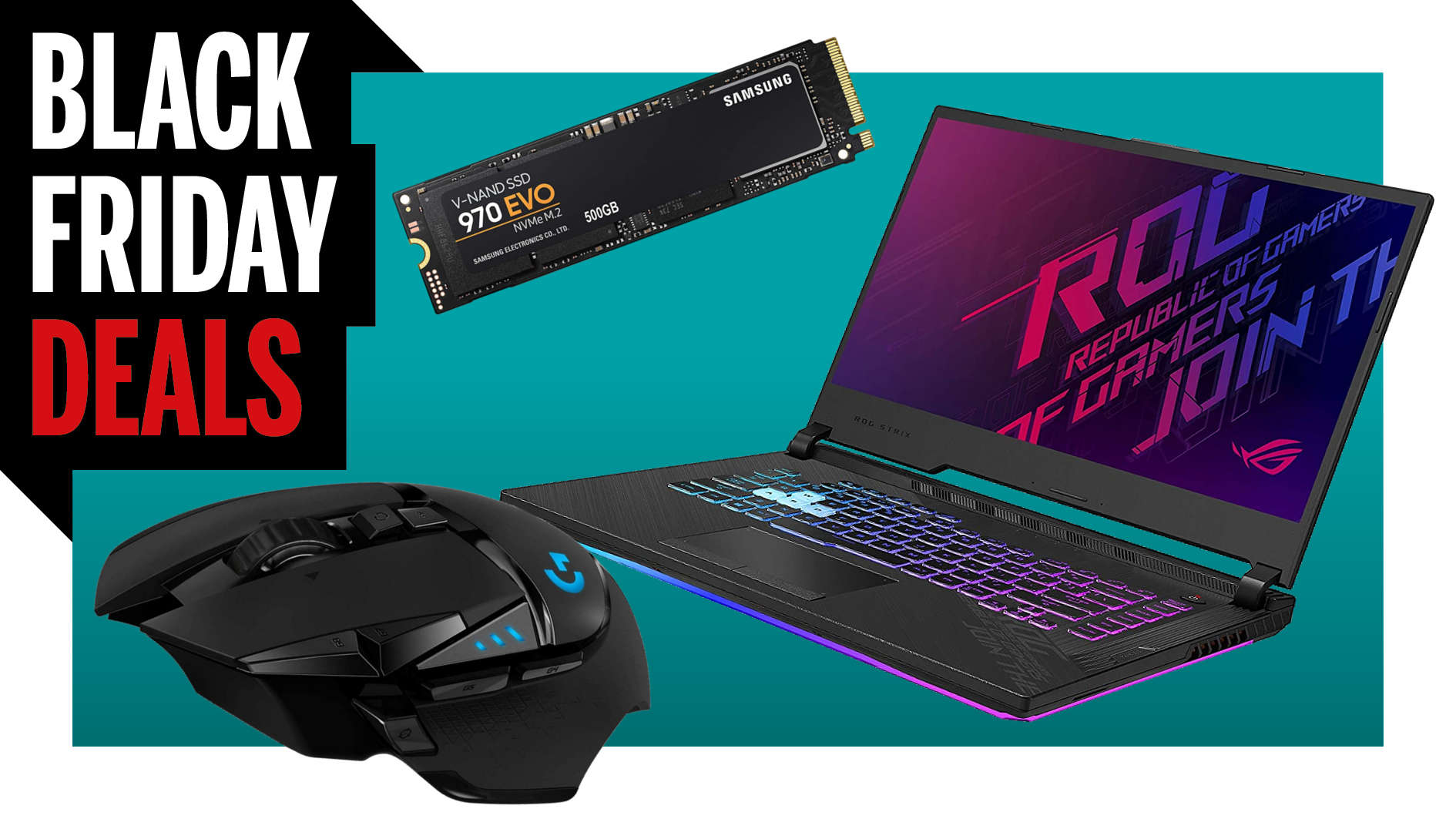Absolutely ancient Nvidia GPU used to decode even more antediluvian Roman scroll
Turns out a GTX 1070 is still useful after all.

You there, at the back. Stop sniggering. That isn't what it looks like, its an important artifact from ancient Herculaneum, okay? And it's just been decoded by something almost as elderly, but significantly less crappy; none other than an Nvidia GTX 1070.
How so, you cry? The rather unprepossessing lump shown above is actually a 2,000-ish year old scroll that got caught up in the eruption of Mount Vesuvius in the year 79CE. It's burned and baked to the extent that it's entirely impossible to unwind without destroying it. The thing would crumble into ash. So, novel methods are needed to peer inside its secrets.
The simple version is that you scan it with x-rays. The complicated bit is that the ink used on such scrolls back in the day is carbon based and thus tricky to pick out from, well, the rather carbonised body of the scroll itself.
In a process we're going to call "science", apparently the solution is to somehow augment conventional x-ray scanning with a particle accelerator scan. You then run the output through a machine learning model and—presto!—clean, legible text. Well, sort of.
It was actually Luke Farritor, a 21-year-old computer science undergrad at the University of Nebraska-Lincoln, who managed the breakthrough with his GTX 1070, earning a $40,000 prize from Nvidia (via Toms Hardware) in the process.
The breakthrough work is said to have isolated the word "πορφυρας" from the scroll, which means "purple dye" or "cloths of purple." Yup, those eight letters netted $40,000. Decent work, if you can find it. Actually, it's all part of the Vesuvius Challenge. Set up by Nat Friedman, former GitHub CEO, it offers a total prize fund of $1 million in return for decoding the scrolls.

Best Black Friday PC gaming deals: All the best discounts in one place
How to avoid overpaying on a Black Friday gaming laptop deal: How much to pay, and where to buy from
How to spot the best Black Friday prebuilt deal: Don't pay over the odds for a PC this year
Participants can download the 3D scans of four complete scrolls and several additional fragments with whatever digital tools they fancy.
The biggest gaming news, reviews and hardware deals
Keep up to date with the most important stories and the best deals, as picked by the PC Gamer team.
It's a particularly hard task because the Herculaneum scrolls are especially long, tightly wrapped, damaged, and distorted. To date, no one has successfully done a large-scale segmentation of these scrolls to identify the surfaces of all the rolled layers.
Then there's the aforementioned carbonised ink. Turns out it's also radiolucent, making it more difficult still to see in the scans. But if you manage it, a Grand Prize of $700,000 awaits. For that, you'll need to read at least four passages from the available full-scroll data, each containing, "at least 140 characters of contiguous text."
So, there's your task. Have at it. Now where did I leave that old GeForce GTX 280?

Jeremy has been writing about technology and PCs since the 90nm Netburst era (Google it!) and enjoys nothing more than a serious dissertation on the finer points of monitor input lag and overshoot followed by a forensic examination of advanced lithography. Or maybe he just likes machines that go “ping!” He also has a thing for tennis and cars.

